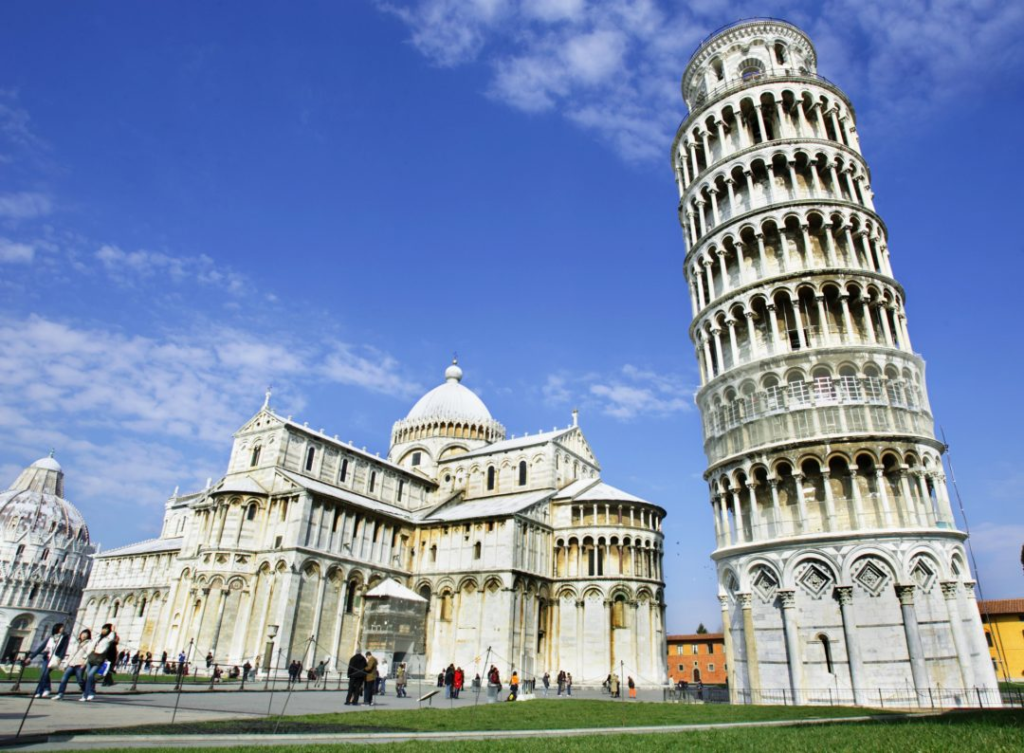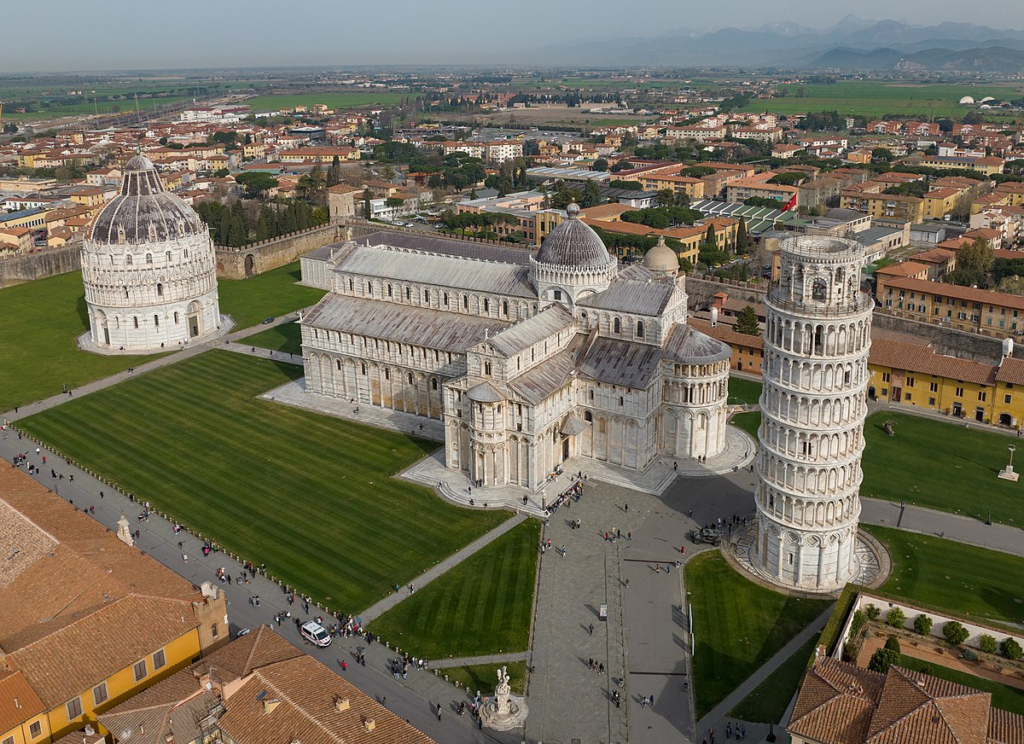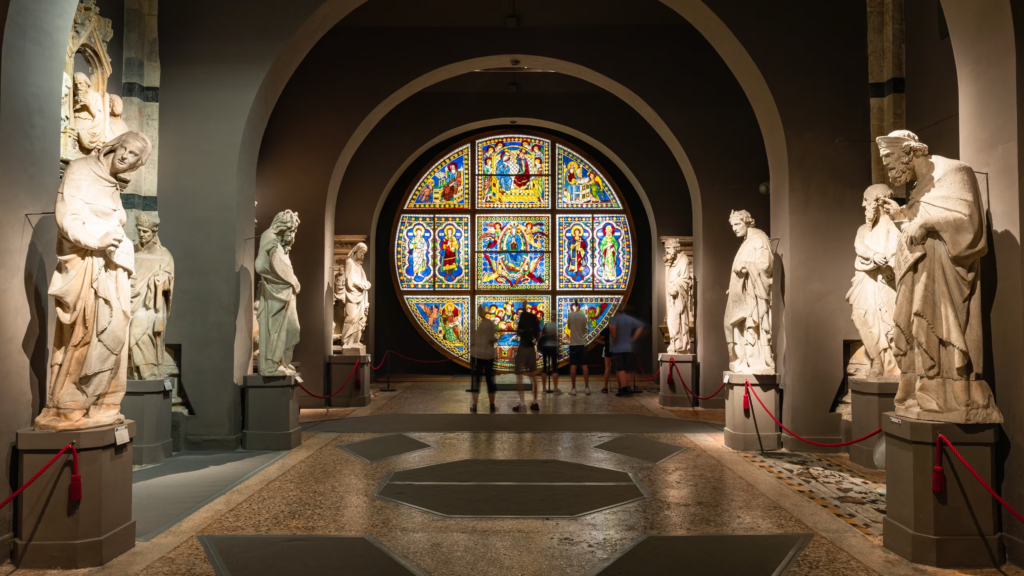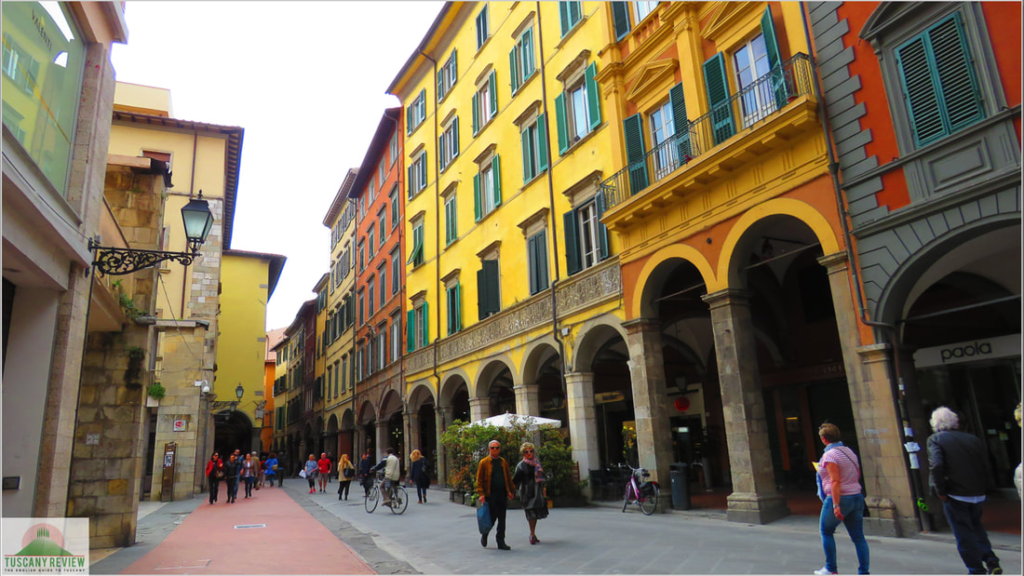Pisa, Italy, is a city that needs no introduction, famous worldwide for its iconic Leaning Tower. However, there is much more to Pisa than just the tower. From historic landmarks to vibrant cultural spots, this charming Tuscan city offers a rich blend of history, art, and architecture that is sure to captivate any traveler. Here are the top 5 must-visit places in Pisa, each with its own unique charm and story.
1. The Leaning Tower of Pisa

Undoubtedly, the Leaning Tower of Pisa is the most recognized landmark in the city, and perhaps in all of Italy. This freestanding bell tower is part of the cathedral of the city and is known for its unintended tilt. Construction began in 1173, and by the time the third floor was completed, the soft ground had already started to sink, causing the tilt. Despite this, construction continued for nearly 200 years, and the tower was completed in 1372. Today, visitors can climb the 294 steps to the top for a breathtaking view of Pisa and the surrounding Tuscan landscape.
Visiting the Leaning Tower is an absolute must when in Pisa, but it’s essential to book tickets in advance, especially during the peak tourist season. The tower is open daily, but hours vary depending on the time of year, so checking ahead is advisable. When you visit, be sure to take the time to explore the other buildings in Piazza dei Miracoli, as they are equally stunning.
Travel Tip: If you’re planning to climb the tower, wear comfortable shoes and be prepared for a bit of a workout! The climb is steep and narrow, but the view from the top is worth every step.
2. Piazza dei Miracoli (Square of Miracles)

The Leaning Tower might be the star attraction, but it’s just one part of the beautiful Piazza dei Miracoli, also known as the Square of Miracles. This UNESCO World Heritage Site is home to several other stunning monuments, including the Pisa Cathedral, the Baptistery, and the Camposanto Monumentale (Monumental Cemetery).
The square itself is a masterpiece of medieval architecture, with its lush green lawns providing a stark contrast to the white marble buildings. The Pisa Cathedral (Duomo di Pisa) is a breathtaking example of Romanesque architecture, with its intricate façade and stunning interior filled with artworks by some of Italy’s most famous artists. The Baptistery, the largest in Italy, is another architectural marvel, known for its perfect acoustics.
The Camposanto, or Holy Field, is a lesser-known but equally fascinating site. Legend has it that the cemetery was built around a shipload of sacred soil from Golgotha, brought back by the Crusaders. Inside, you’ll find an array of ancient Roman sarcophagi and beautiful frescoes that depict scenes from the Old Testament.
Travel Tip: The Piazza dei Miracoli can get quite crowded, especially during midday. For a more peaceful experience, visit early in the morning or later in the afternoon. Also, consider purchasing a combined ticket that allows access to all the monuments in the square, as it’s a more economical option.
3. The Pisa Baptistery

Located just next to the cathedral in Piazza dei Miracoli, the Pisa Baptistery (Battistero di San Giovanni) is another must-see when visiting Pisa. The Baptistery is dedicated to St. John the Baptist and is the largest of its kind in Italy. Its construction began in 1152, and it was completed in the 14th century, combining Romanesque and Gothic architectural styles.
The Baptistery is particularly famous for its remarkable acoustics, which create a stunning echo effect. Every 30 minutes, a staff member demonstrates this unique feature by singing a few notes, allowing visitors to experience the acoustics firsthand. Inside, you’ll find a beautiful marble pulpit, created by Nicola Pisano in 1260, which is considered a masterpiece of medieval sculpture.
Climbing to the upper gallery of the Baptistery offers a wonderful view of the interior, as well as a unique perspective of the Piazza dei Miracoli. The simplicity of the interior contrasts with the intricate details of the exterior, making it a place of serene beauty and contemplation.
Travel Tip: If you’re a photography enthusiast, the Baptistery offers some fantastic opportunities, especially from the upper gallery. Early morning light is particularly good for capturing the details of the architecture without too many shadows.
4. Museo dell’Opera del Duomo

For those interested in the history and art of Pisa, a visit to the Museo dell’Opera del Duomo is essential. This museum, located within the Piazza dei Miracoli, houses an extensive collection of sculptures, paintings, and religious artifacts that were once part of the cathedral, Baptistery, and cemetery.
The museum’s collection includes works by some of the most renowned artists of the Middle Ages and Renaissance, such as Giovanni Pisano and Donatello. One of the highlights is the original bronze doors of the cathedral, which were replaced after being damaged by fire in the 16th century. The museum also provides a fascinating insight into the history of the Piazza dei Miracoli and the construction of its monuments.
The museum is less crowded than the other attractions in the square, making it a peaceful retreat where you can take your time to appreciate the art and history of Pisa. The courtyard offers a tranquil spot to relax and take in the beauty of the surrounding architecture.
Travel Tip: The Museo dell’Opera del Duomo is a great place to escape the heat on a hot day, as it is air-conditioned and provides a cool, calm environment. Be sure to check the museum’s opening hours, as they can vary depending on the season.
5. Borgo Stretto

Borgo Stretto is one of the most charming and historic streets in Pisa, offering a delightful mix of old-world charm and modern shopping. Located in the heart of the city, this narrow, pedestrian-friendly street is lined with elegant arcades, medieval buildings, and a variety of shops, cafes, and restaurants.
As you stroll along Borgo Stretto, you’ll pass by some of Pisa’s most historic landmarks, including the house where Galileo Galilei is believed to have been born. The street is also home to the beautiful Church of San Michele in Borgo, a stunning example of Pisan Romanesque architecture.
Borgo Stretto is the perfect place to experience the local culture of Pisa, with its lively atmosphere and bustling market stalls. Whether you’re looking for souvenirs, local delicacies, or just a place to enjoy a leisurely coffee, Borgo Stretto has something for everyone.
Travel Tip: Borgo Stretto is best explored in the late afternoon or early evening when the shops are open, and the street is alive with activity. Don’t miss the chance to stop by a local café and enjoy a gelato or espresso while watching the world go by.
Before you set off on your adventure to Pisa, here are a few essential travel tips to ensure you have a smooth and enjoyable experience:

1. Book in Advance
Pisa is a popular tourist destination, especially during the summer months. To avoid long lines and disappointment, it’s a good idea to book tickets for major attractions like the Leaning Tower and the Cathedral in advance. Online booking also allows you to choose a time slot that works best for your schedule.
2. Choose the Right Time to Visit
The best time to visit Pisa is during the spring (April to June) or early fall (September to October) when the weather is pleasant, and the crowds are thinner. Summer can be very hot and crowded, while winter, though quieter, may have some rainy days.
3. Dress Comfortably
You’ll be doing a lot of walking in Pisa, especially if you plan to explore the historic sites and charming streets. Wear comfortable shoes and light clothing, particularly in the warmer months. If you’re planning to visit churches, remember to dress modestly; some religious sites require covered shoulders and knees.
4. Be Mindful of Pickpockets
As with any tourist-heavy city, be mindful of your belongings, especially in crowded areas like Piazza dei Miracoli and Borgo Stretto. Keep your valuables close, and consider using a money belt or crossbody bag to keep your items secure.
5. Enjoy the Local Cuisine
Pisa offers a variety of delicious Tuscan cuisine, from fresh pasta dishes to seafood specialties. Make sure to try local favorites like “pappa al pomodoro” (a tomato and bread soup) or “bistecca alla Fiorentina” (Florentine steak). Also, don’t miss out on the gelato, which is a perfect treat after a day of exploring.
6. Consider a Day Trip
While Pisa is a fantastic city to explore, it’s also conveniently located near other beautiful Tuscan towns like Lucca and Florence. If you have the time, consider taking a day trip to one of these nearby destinations to get a fuller taste of Tuscany.
7. Stay Hydrated and Take Breaks
Pisa can get quite hot in the summer, so make sure to carry a water bottle and stay hydrated. There are plenty of cafes and shaded areas where you can take a break and relax, so don’t hesitate to slow down and enjoy the atmosphere.
By keeping these tips in mind, you’ll be well-prepared to make the most of your visit to Pisa, ensuring that your trip is both enjoyable and memorable.



